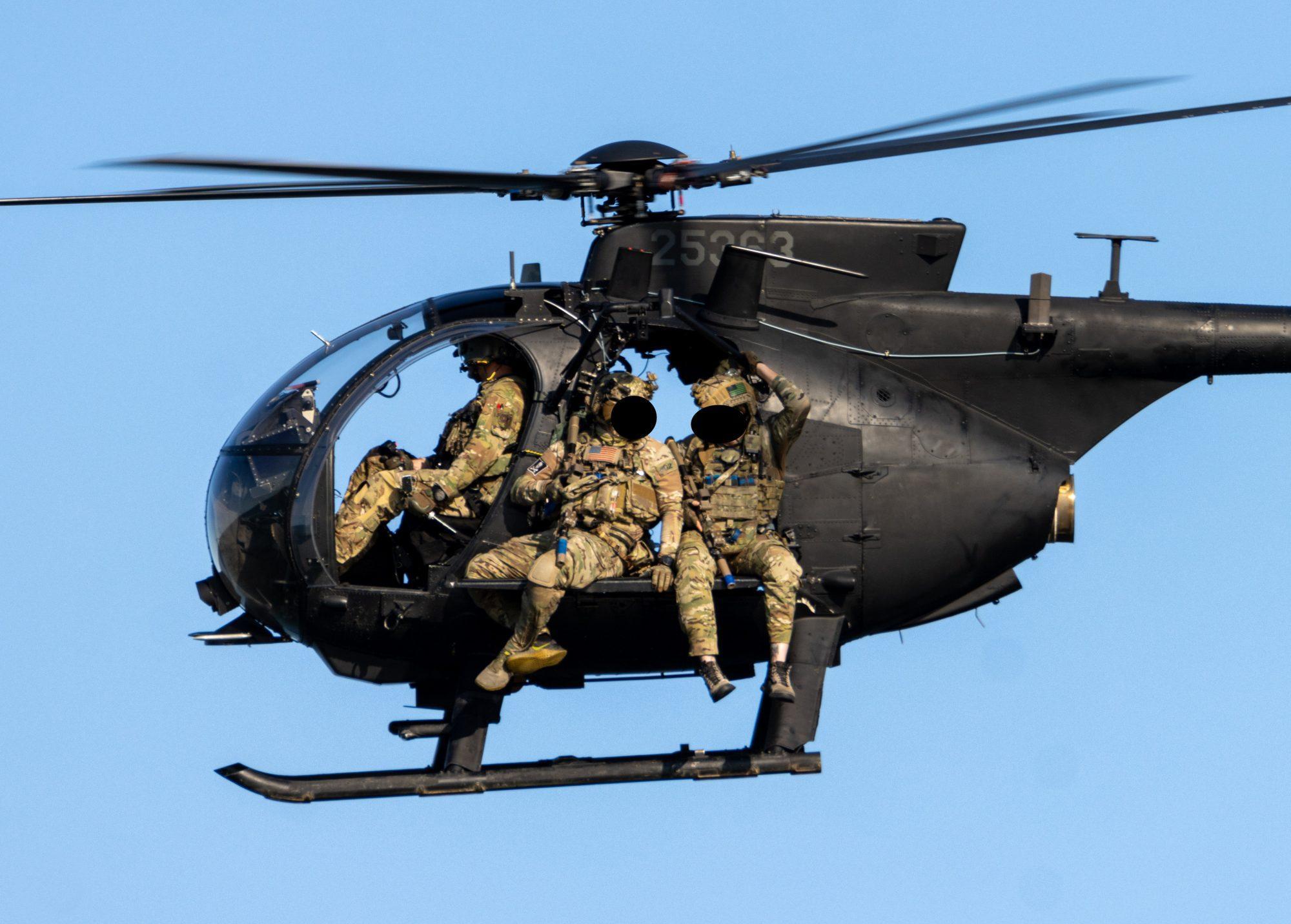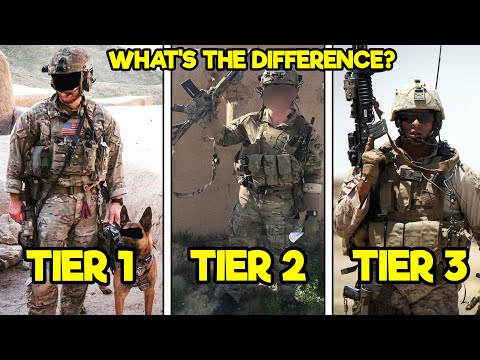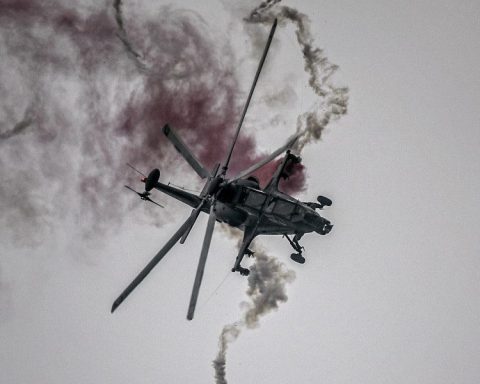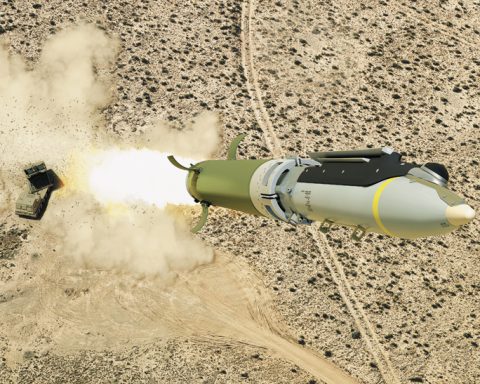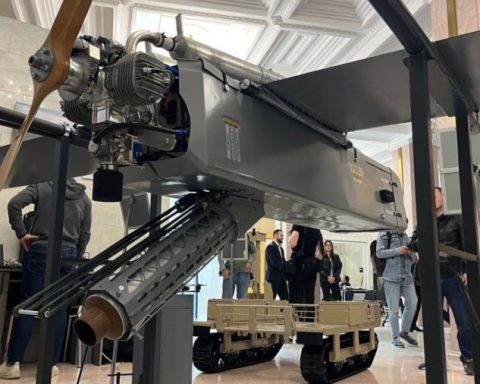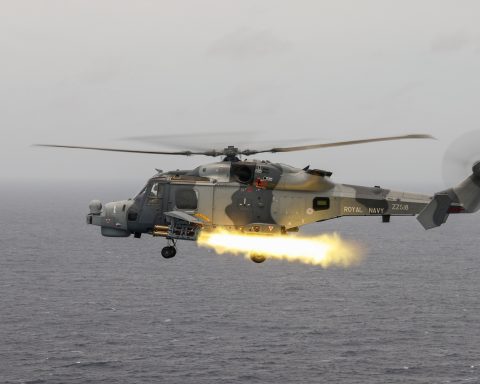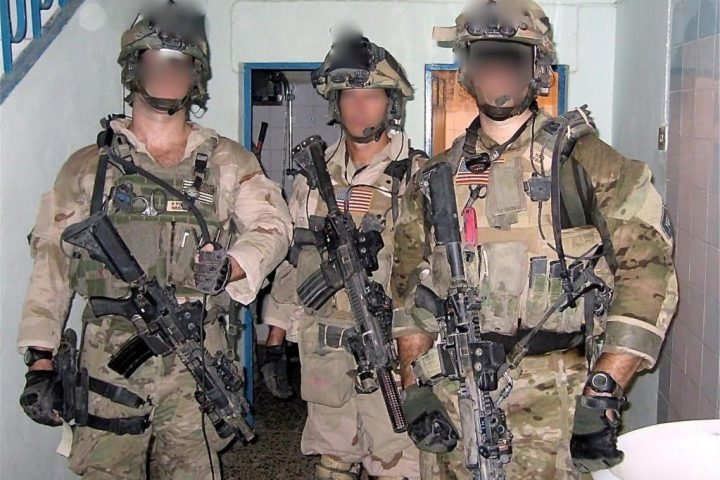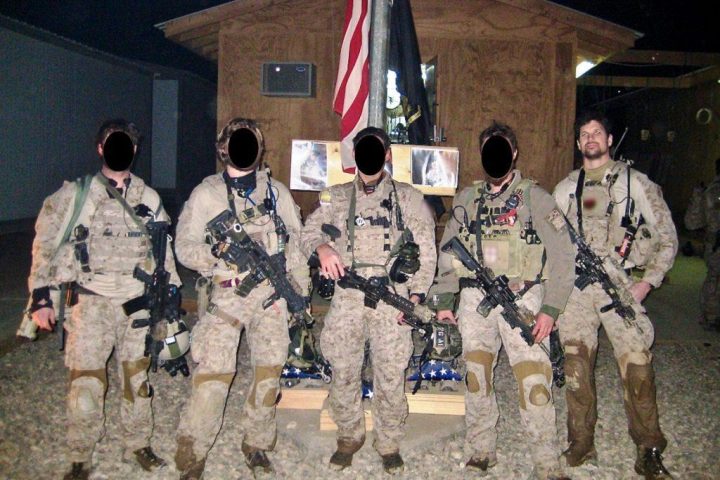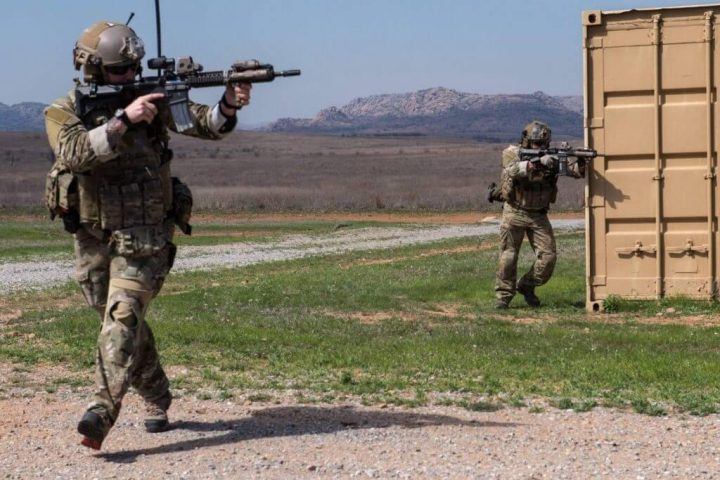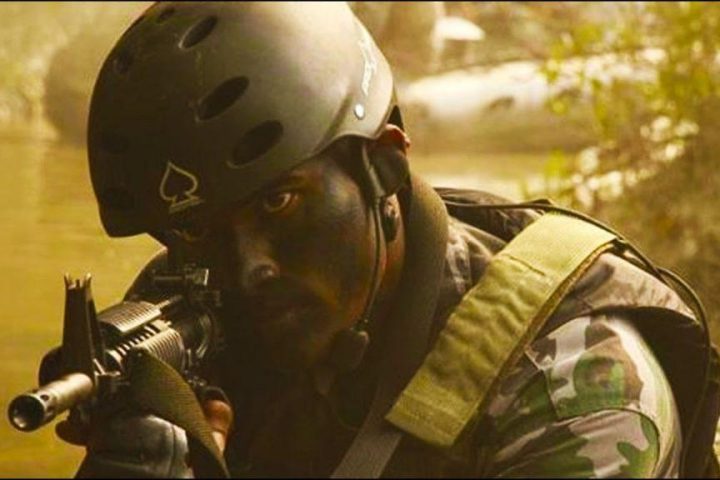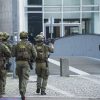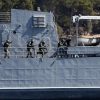The Tier-system is designed by JSOC (Joint Special Operations Command) to prioritize which Special Operations Forces receive the most funding. Tier 1 receives the most, then Tier 2, etc. However, games like Medal of Honor and various TV shows have diluted that fact, and people now associate Tier level with unit prestige and skill. Tier 1 units are more prestigious than Tier 2 or 3 units, but that’s not technically how it works.
From top to bottom
Aside from the funding difference, you can picture Tier 1 units (referred to as Special Missions Units, or SMUs, henceforth) as sitting at the base of a “funding” pyramid. That’s right, the bottom. Let me explain.
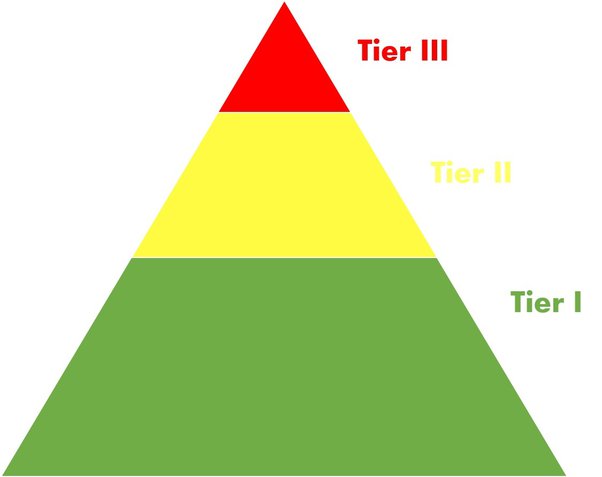
At the top level of that pyramid are the conventional and Tier 3 units. These include Marine Expeditionary Units, 82nd Airborne Division, Marine Recon, etc. The “hammer” in the “Hammer and Scalpel” analogy. This level has the most people and the lowest amount of funding compared to the levels below it (visually speaking). Their training also tends to be more “basic” when compared to Tier 2 and Tier 1 units.
Below Tier 3 are the Tier 2 units. These include the SEAL Teams, Special Forces Groups, 75th Ranger Regiment, 160th SOAR, etc. There are much smaller people than Tier 3 and much more money per individual. This is also accompanied by much longer training in most cases. It also works because individuals from the Tier 3 level feed several Tier 2 units. For example, Army Special Forces receive a lot of volunteers from the 82nd Airborne Division, 101st Airborne Division, and other conventional units. However, some Tier 2 units recruit younger individuals who have a contract upon enlistment, notably the SEAL Teams and the Ranger Regiment (and, to a lesser extent, Special Forces).
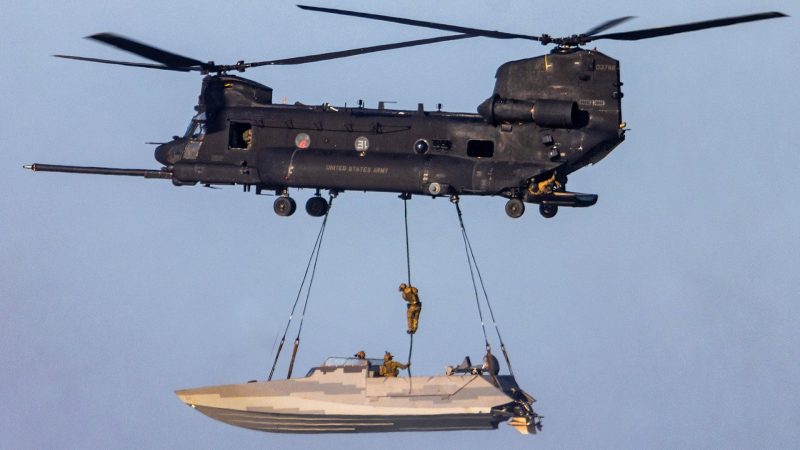
At the bottom of the pyramid is the Tier 1 SMUs. These include Delta, DEVGRU (aka SEAL Team Six), the 24th Special Tactics Squadron, and several rumored and highly classified. They have the smallest amount of people but enormous funding by far. This is also accompanied by much more intensive training and operational tempos.
Funding differences
The funding differences occur at a per-individual level. So while Delta’s funding and budget might be equal to that of the 82nd Airborne Division, Delta Force has only 1,000 people or so, while the 82nd Airborne Division has about 20,000.
For example, the funding would be the same at about $1 billion, but because Delta is such a small organization, more of those funds will support each Operator than they would in the 82nd Airborne Division. The 82nd Airborne Division would be a Tier 3, and Delta a Tier 1. You have a force roughly the size of a Battalion getting as much, if not more, funding than an entire Division.
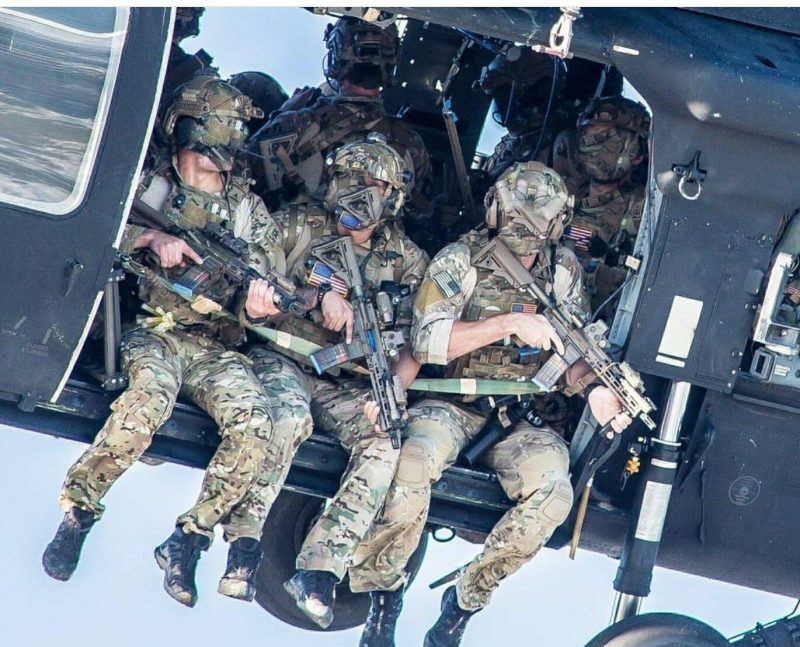
These extra funds are generally spent on better equipment, new weaponry, better vehicles, new uniform patterns, insertion methods, etc. Imagine an entire storage locker filled to the ceiling with brand new warfighting equipment for any climate or situation.
* I could be wildly off with the actual amount of funds they get. Delta’s budget could exceed that of the 82nd Airborne; I have no idea. But this is essentially what it would boil down to.
Conclusion
This is how I’ve always visualized the Tier-system. Top-down because it’s based on funding. The bottom level (Tier 1) has more than the top level (Tier 3). However, many people visualize it as running bottom-up, so only the most skilled and elite get to sit at the top.
Don’t get me wrong; I understand why they’d associate Tier 1 with “badassery level.” But the Tier system in the military is used solely to refer to a unit’s priority and funding according to JSOC.
